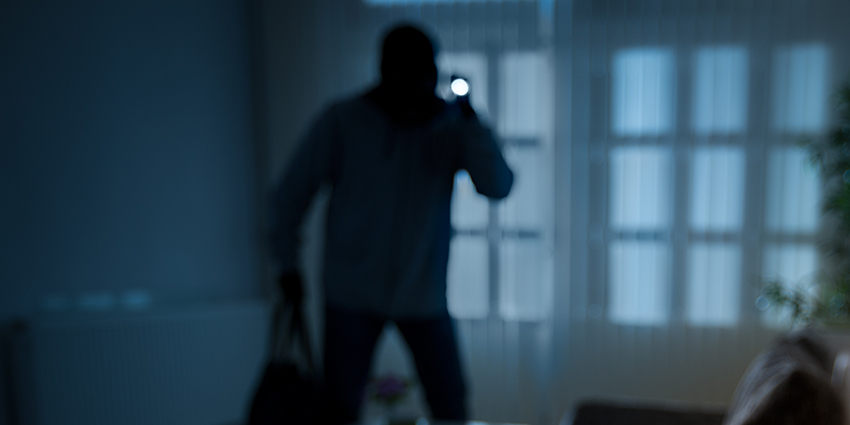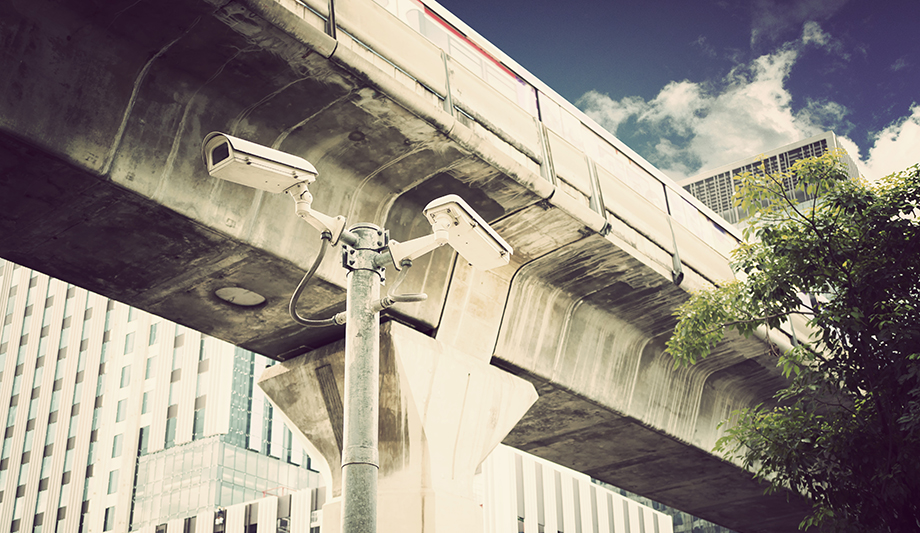The number of security cameras in use today is growing exponentially. At the same time, resolutions are getting higher and higher. These two factors are placing heavy demands on servers and storage equipment. Of course, the capacity of these systems is also increasing, but that alone does not make the equipment truly suitable for the most demanding applications - such as camera surveillance. A video stream is not comparable to 'normal' data, for which storage systems are usually designed. This article will explore how these issues can be addressed.
Hard Drive Challenges
A hard disk residing in a video storage system has a tough life. On a daily basis, large amounts of data are written and read and all sectors are continuously filled to the maximum. A hard disk designed for office applications is not able to manage this work. At first everything seems fine, but anyone closely monitoring the stored images will notice that 'frame drops' are the rule rather than the exception.
The buffers cannot handle the huge amount of data, which leads to data being lost. These lost images can be reference images within the compression algorithm, thus leading to the loss of complete fragments. Not useful if a robbery has just occurred and the perpetrator cannot be identified because the hard drive had a hiccup.
A lot of effort is put into countering these problems through the associated servers and storage systems. Compression is used to reduce the amount of data, cameras are made intelligent so no capacity is lost through unimportant images, and more and more storage is taking place in the camera itself. All of these methods have disadvantages which can be avoided by using a suitable video storage system.
Support For Large Camera Systems
Compression, for example, is at the expense of quality and should therefore be limited. Intelligent cameras fail if the criminal is even more intelligent. And in-camera storage works well - until the camera is pulled from the wall. With the right server, these risks are avoided and the user is assured of a reliable camera system.
What makes a server or storage system suitable for use with video? Technology that offers support for a large number of cameras, eliminates frame drops and contributes to highly stable operation is needed. Of course, high storage capacity is important, but at least as essential is a high processing speed. In addition, several features are needed that increase the reliability of the entire system.
 |
| Allowing input from alarm systems means that cameras can be activated when an intruder is detected |
For example, a so-called RAID configuration ensures that continuity does not depend on one disk. Multiple disks do the same work, so it does not matter if one or even two failures occur. The administrator gets a signal and can easily replace the malfunctioning disk without losing data, and it is not necessary to take the system temporarily ‘offline’. It’s true that these are features that many ‘normal’ servers and storage systems also have.
Sequential Pattern Recording
What are some other things to consider when making servers or storage systems compatible with video? For one - an efficient way to store the images. With just one camera it is not all that complicated, however, the efficient storage of images from 128 cameras may be considered a big challenge.
With a feature known as Sequential Pattern Recording, images can be stored according to a logical pattern. If they are stored in this manner, much less movement of the write heads of the disks is required. In addition, images should first be stored in a buffer, which smooths peaks in the amount of data. The buffer gradually sends the images to the disc so that the quality of the stored images does not suffer from sudden peak loads that occur in, for example, the panning or zooming of cameras. And not only do the images become more stable, this method also extends the life of the disks.
Storage systems designed |
Predictive Playback
Reading of the images should not be done at the expense of saving the images, and a feature known as Predictive Playback ensures this. Reading also requires a lot of system capacity. Predictive Playback determines a few seconds in advance which images are required to display. As soon as there is enough processor capacity left, processing is done. This produces an excellent display of images while the capturing of new images by the writing headers continues unhindered.
Remote Active Service
Even the most reliable technology can fail- and additional security, such as in the form of Remote Active Service, is needed. The ‘health’ of the system should be continuously monitored. If certain parts have difficulties with their job, display failures or even malfunction, the customer should be informed so that immediate repairs can be made. This will allow critical processes to proceed unimpeded.
In addition to not being fully reliable, storage systems designed for normal data are often not very convenient to use. Systems specifically designed for connecting cameras and installing Video Management Software are preferred, especially if they are easy to use, install and configure. Allowing input from alarm systems is another desirable feature, as this means that cameras can be activated when an intruder is detected or an emergency door is opened. Large storage capacities (preferably up to 100 Terabytes) are also strongly suggested.
Servers and storage systems with the features described above are out there - ready and able to go beyond ‘normal data’ and bring the performance and reliability required by IP video surveillance.
| Contributed by Promise Technology
|
Discover how AI, biometrics, and analytics are transforming casino security



























